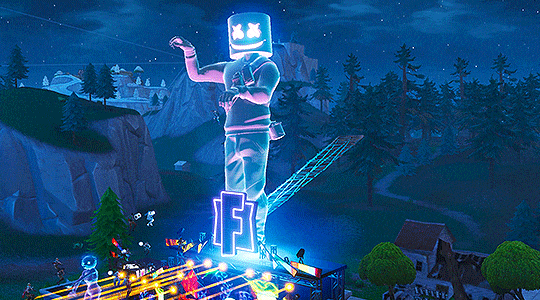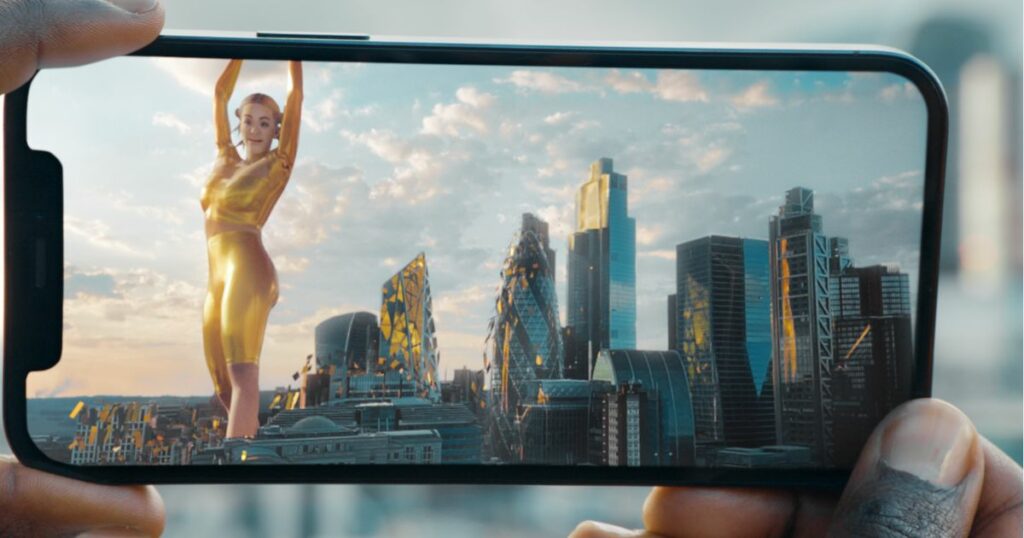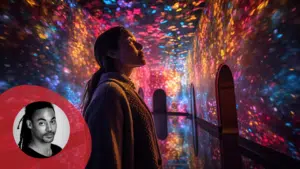What is Digital Twinning, and what possibilities does it hold to virtually connect us when the world is more physically disconnected than ever?
What is Digital Twinning?
Simply put, a digital twin is a virtual replica of reality. Be it an object, a place, a person, or a crowd. This now seemingly ubiquitous technology has been used since the early 2000s, with companies exploring ways to use digital twins to lead to better outcomes in the physical world.
The current need for this technology has been fuelled by the coronavirus pandemic, as companies are having to think creatively to solve new urgent challenges and predict future trends. One of the largest and hardest problems to overcome is the current impossibility to host a communal event or physical experience, which traditionally is seen as integral to many businesses. Does a form of digital twinning offer solutions to this challenge? And what does it mean to have cultural events and large communal experiences happening in virtual spaces?
As we explore this, it is important to note that digital twinning’s current omnipresence is partly due to the term being used in a broader sense than it was originally conceived. However this broadening in the use of the phrase ‘digital twinning’ could be an interesting development in itself, highlighting the capability and the appetite that we now have to create a virtual version of everything. The following are some interesting recent examples of how digital twinning has allowed us to act and experience collectively.

Live Music
With Pokemon just announcing their own set of virtual gigs including Post Malone and others due to be involved on February 27th, the trend of gaming platforms using Digital Twinning shows no sign of stopping. With both technologies allowing gamers to feel part of something collective, exclusive and exciting.
Back in April 2020, Fortnite launched party royale – a separate, violence-free island within their gaming metaverse. This allowed musical giants such as Travis Scott to stage concerts with the help of digital twinning technology. According to stats released by Epic Games, 12.3 million watched the nine-minute live concert on 23 April making it the most viewed digital concert of all time. In terms of Travis’ personal brand equity – a tangible difference was seen as Scott racked up 1.08 million Instagram followers during the week after the event, bringing him to a total of 27.6 million followers on the platform.
Fast forward to today and Nate Nanzer, Fortnite’s head of global partnerships now states that “If you’re on tour, you want to stop on the
Fortnitestage. It’s a unique way to get in front of an audience that maybe you’re not reaching through other means.” The success of this model highlights how Fortnite has managed in some capacity to replicate how physical events appeal to our senses. With the interactive gaming experience helping bridge human connections to each other, and the a digital twin allowing fans to feel close to the performer.
Fashion
After years of overproduction and waste, brands now recognise that it’s those with a strong digital presence who will remain relevant. In 2021 with the consumer now existing more than ever in a virtual space, brands need to be more creative than just selling online and using technology to make clothes, digital twinning now allows turning clothes into technology.
Direct-to-Avatar is an emerging business model with digital twinning at its core. It refers to selling products directly to avatars therefore bypassing any logistics of how to get a physical product to a consumer’s door. Tommy Hilfiger has been a pioneer in a move to digital, and in Autumn 2020 they launched a capsule collection that was completely designed and sold digitally, including products modeled on virtual avatars. This digitisation of fashion release launches to the mass market. With Tommy’s new line also being released on Animal Crossing, this allowed players more than 40 million users to explore the brand’s latest creations by updating their characters’ wardrobe. Another interesting digital twinning example is Balenciaga, who partnered with Sketchfab to create “Afterworld: The Age of Tomorrow.” A video game featuring their Autumn 21 Line, which consists entirely of 3D clothing and virtual models.
With consumers’ desire for escapism at an all-time high, gaming platforms can uniquely provide utopian and fictional spaces which feed into people’s want for a change. As put by Leanne Elliott Young, founder of CommuneEAST in Verdict “Let’s sell creativity, not more clothes. We need to change the system. Be brave and reimagine it.” With the help of digital twinning technology not only has the fashion industry model been changed, aiding us to rethink what fashion is and how we consume and collectively experience it.


Avatars
At Happy Finish we have also explored using digital twins to convey a mass experience, exploring how effective this technology can be for collective storytelling.
At the end of 2020 we aided the world’s first live AR performance over 5G. At the heart of this performance was a digital twin, an avatar of Rita Ora, a stunning, millimetre perfect avatar of her that would correspond directly and in real-time to her motion capture performance. We scaled that avatar up by a factor of 162 allowing Rita to perform using the real-world iconic London skyline as her stage.
This technology provided an interesting example of how digital twinning technology has allowed us to have a collective experience from a distance. In December 2020 EE saw an 8.6 point increase in ad awareness among British consumers, contributing to an overall score of 30.5%. Potentially the success of this advert lay in the newness of the technology and the idea, catching people’s attention with something they had never seen before. This showcases brands need to think creatively using advancements in technology, to continually surprise the audience.
The Future
Digital twinning is still developing, with technological advancements in simulation, modeling capabilities, and the platforms themselves all aiding how the technology evolves. However, it is hard to predict in what capacity can we virtually replace the joy and excitement of a physical experience, and how desirable this technology will be when we find a new normality.
The answer to this likely lies not only in the way we use the technology and take advantage of its advancements, but also in the type of event we intend to replicate. It would be a stretch to claim that digital concerts will ever be a complete replacement for the real thing, but could there be a future demand for an online experience to still exist as a supplement to the main event? Is there an opportunity where lower coast virtual tickets make for a much larger and dispersed audience? Could we efficiently communicate ideas by holding virtual events that have historically required a physical presence but don’t necessarily need to, such as catwalks, networking events and product launches.
In conclusion, digital twinning holds the power to reach people and allow collective experiences in new ways, but the future appetite for using the technology in this way lies in our ability to continually attract the audience and ensure that the experience is relevant and valuable for them. As has always been the case, with the birth of a new medium and increased adoption, exploring creatively how to use the medium is what will drive innovation. We must focus on how we manipulate new technological advancements for digital twinning to continue to excite and collectively engage us. After all, the end user is still a human… for now.




